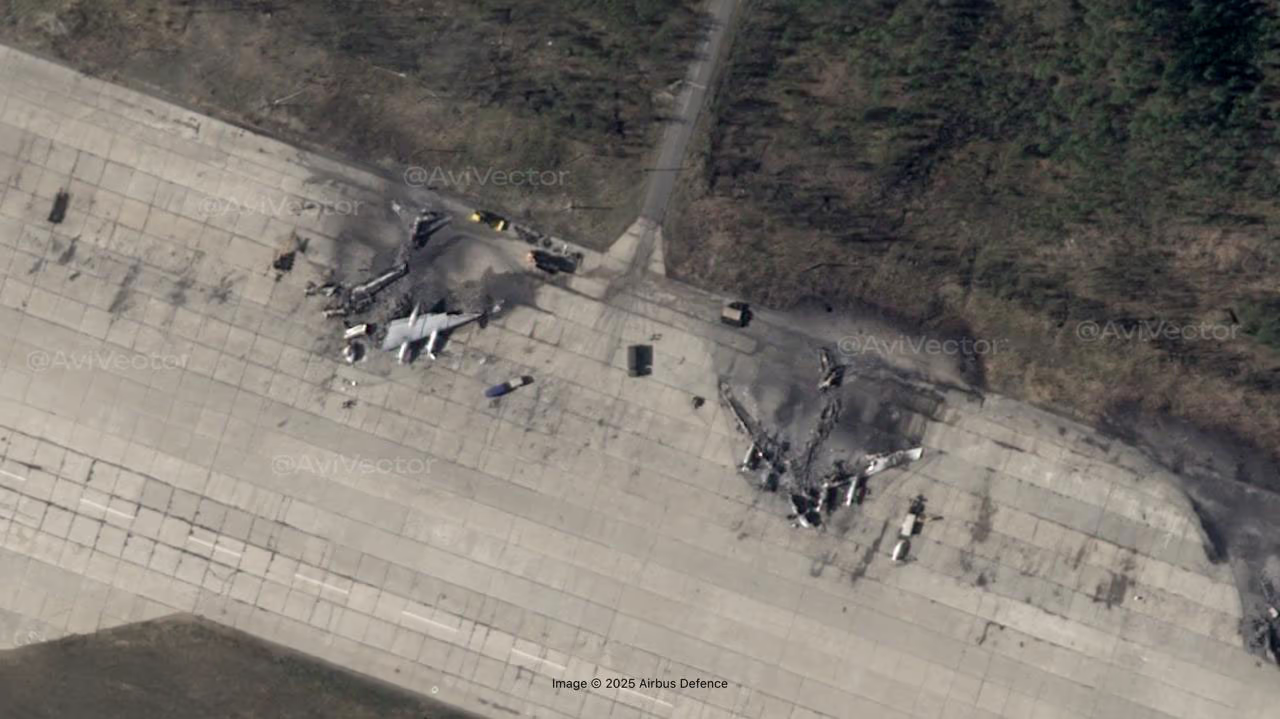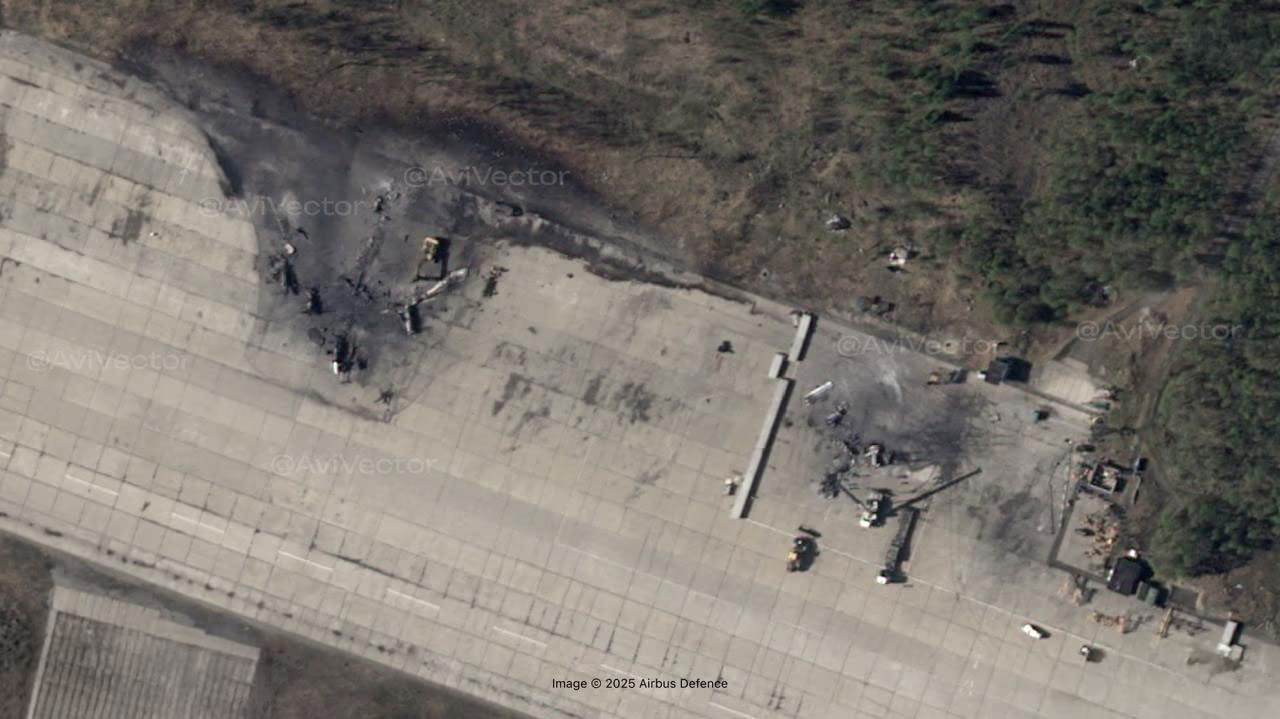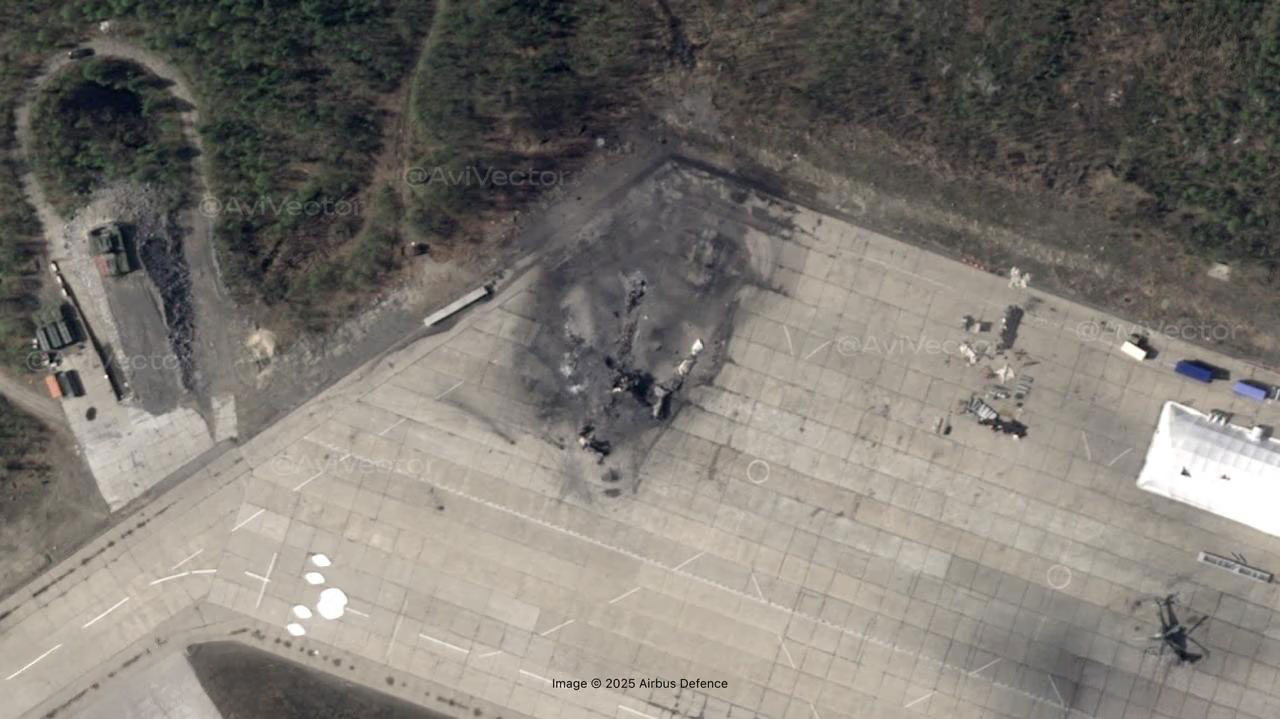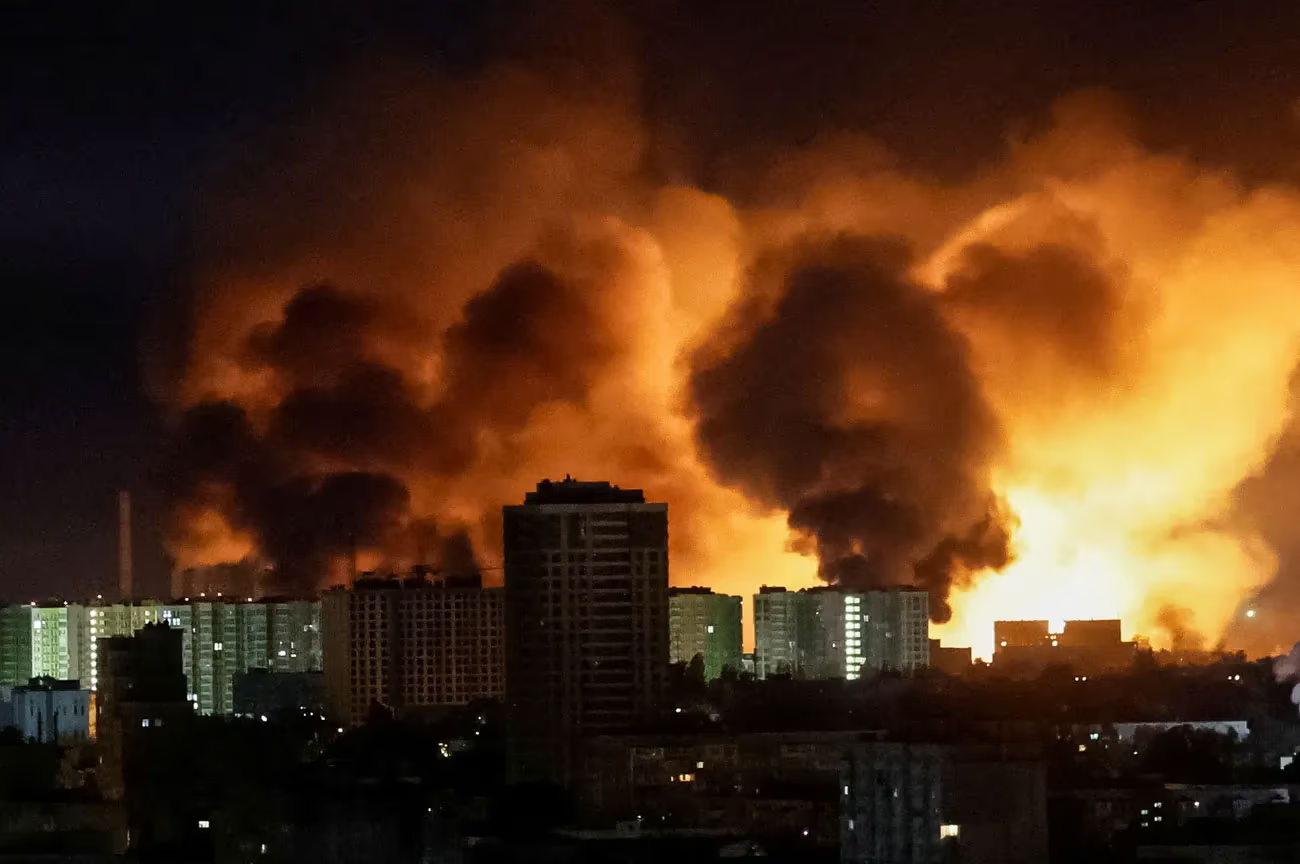When Ukraine first began using inexpensive drones to strike Russian targets, it seemed like a tactical improvisation—a stopgap response to the lack of long-range weapons. But the June 1 attack has reshaped perceptions of such operations. For the first time, drones not only reached distant targets—they were coordinated, disguised, staggered across time and space, and inflicted tangible damage on key assets of Russia’s strategic aviation.
According to Ukrainian intelligence services, 41 aircraft were damaged or destroyed, including Tu-95s, Tu-160s, and an A-50. The New York Times puts the confirmed number closer to 20—a figure that has raised concern in military headquarters from Washington to Beijing. What had been assumed to be deeply layered, untouchable territory proved vulnerable. Ukraine executed the strike using homemade drones built from inexpensive components and launched from modified trucks. The war has entered a phase in which technological simplicity can dismantle complex and costly systems.
On Sunday, June 1, Ukraine launched strikes on Russian airbases located hundreds of kilometers from the front line—reaching as far as Siberia. The operation, dubbed "Spider Web," was one of the most extensive and technologically complex attacks of the war. According to Ukrainian officials, it involved 117 drones striking targets across multiple time zones in a coordinated assault. A key feature of the operation was the use of converted trucks as mobile launch platforms, capable of deploying drones from virtually any location.
The attack vividly illustrated the shift in military balance driven by the proliferation of inexpensive drones. Just as the introduction of rifled muskets in the 19th century turned battlefields into zones of mass casualties, today’s garage-built drones can penetrate even the most fortified targets—not just in Russia, but potentially in the United States as well. Tom Karako of the Center for Strategic and International Studies described it as the dawn of a "new missile age" in which "everyone will need to look up."
Operation Spider Web had been in preparation for roughly a year and a half. The targets were strategic aviation assets: Tu-95, Tu-22M3, and Tu-160 bombers, along with at least one A-50 airborne early warning and control aircraft. The latter are extremely limited in number, and the loss of even a single unit is a significant blow to Russia’s command-and-control capabilities. Damaging or disabling strategic bombers—which are capable of carrying nuclear payloads—undermines the air-based leg of Russia’s nuclear triad.
Although the figure of 41 destroyed aircraft cited by Ukrainian intelligence is likely inflated, Western analysts examining satellite imagery do not rule out the possibility of substantial losses. Even partial confirmation of damage at this scale would carry consequences: no country with an advanced air force can now assume its strategic bases are secure from low-cost drone platforms. According to The New York Times, up to 20 strategic aircraft were damaged or destroyed. On June 4, the OSINT project AviVector published satellite images of Olenya airfield in the Murmansk region, taken by Airbus. The imagery shows at least four destroyed Tu-95 bombers and one An-12.



What These Bombers Did to Ukrainian Cities

Massive Attack on Kyiv During the Night of May 24
Residential Buildings, a Shopping Mall, and Infrastructure Damaged Across Six Districts of the Capital

More Than 30 Dead
Russia Launches Missile Strike on Central Sumy. All Victims Are Civilians

Russia Launches Missile Strike on Residential Area in Kryvyi Rih: 19 Killed, Including 9 Children
So Much for a "Precision Strike on a Concentration of Ukrainian Troops" (Russian' quote)

13 Killed After Massive Russian Drone and Missile Attack on Ukraine
Cost asymmetry is a key factor that makes such operations particularly consequential. As Aaditya Devarakonda, CEO of Dedrone, told Axios, "The threat isn’t just about detecting these drones. The real issue is accepting that we now live in a world where equipment worth billions can be destroyed with just a few hundred dollars." According to him, defense and response systems must be restructured to reflect this new reality.
The operation also challenges the notion that the war in Ukraine is a "unique case." As Dan Magy, head of California-based Firestorm Labs, points out, the low cost of drones removes most operational constraints. The fact that Ukrainian teams were able to operate covertly for months, prepare, and carry out a coordinated strike deep into enemy infrastructure suggests that this model is replicable elsewhere. Growing concerns in recent years over Chinese land purchases near U.S. bases or the potential militarization of civilian infrastructure now seem less like exaggeration and more like warnings.
Especially since disguising weapons as standard logistics containers is no longer theoretical—it’s already being implemented. The Pentagon’s 2024 report on Chinese military power includes a warning that Beijing is likely developing launch platforms for YJ-18 missiles that can be concealed in ordinary commercial shipping containers. In Europe, the concept is being explored through projects like Gravehawk in the UK and Denmark, which convert standard maritime containers into mobile defense platforms.
All of this suggests that the boundaries of threat are becoming increasingly blurred, and military conflicts are now unfolding in spaces once considered safe. At the same time, it’s important to remember that Russia still retains the ability to strike Ukraine. Moscow continues to possess ballistic missiles and Iranian-made Shahed drones. Yet in a world where Ukrainian FPV drones—built from Chinese components and 3D-printed parts—may have taken out a third of the entire Tu-95 fleet, the nature of threat itself is no longer linear.
As George Barros of the Institute for the Study of War noted, from a military science perspective, the operation is "an impressive achievement." It "pushes the boundaries of what’s possible"—just recently, the idea of destroying strategic bombers with homemade drones would have sounded like science fiction. Now, it is simply one manifestation of a new reality.
